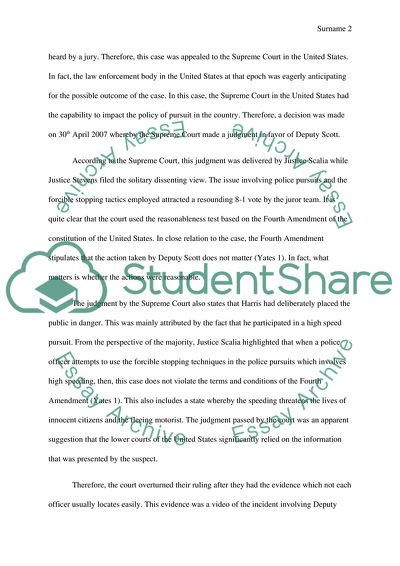Cite this document
(Scott v. Harris Case Study Example | Topics and Well Written Essays - 1500 words, n.d.)
Scott v. Harris Case Study Example | Topics and Well Written Essays - 1500 words. https://studentshare.org/law/1788272-scott-v-harris
Scott v. Harris Case Study Example | Topics and Well Written Essays - 1500 words. https://studentshare.org/law/1788272-scott-v-harris
(Scott V. Harris Case Study Example | Topics and Well Written Essays - 1500 Words)
Scott V. Harris Case Study Example | Topics and Well Written Essays - 1500 Words. https://studentshare.org/law/1788272-scott-v-harris.
Scott V. Harris Case Study Example | Topics and Well Written Essays - 1500 Words. https://studentshare.org/law/1788272-scott-v-harris.
“Scott V. Harris Case Study Example | Topics and Well Written Essays - 1500 Words”. https://studentshare.org/law/1788272-scott-v-harris.


